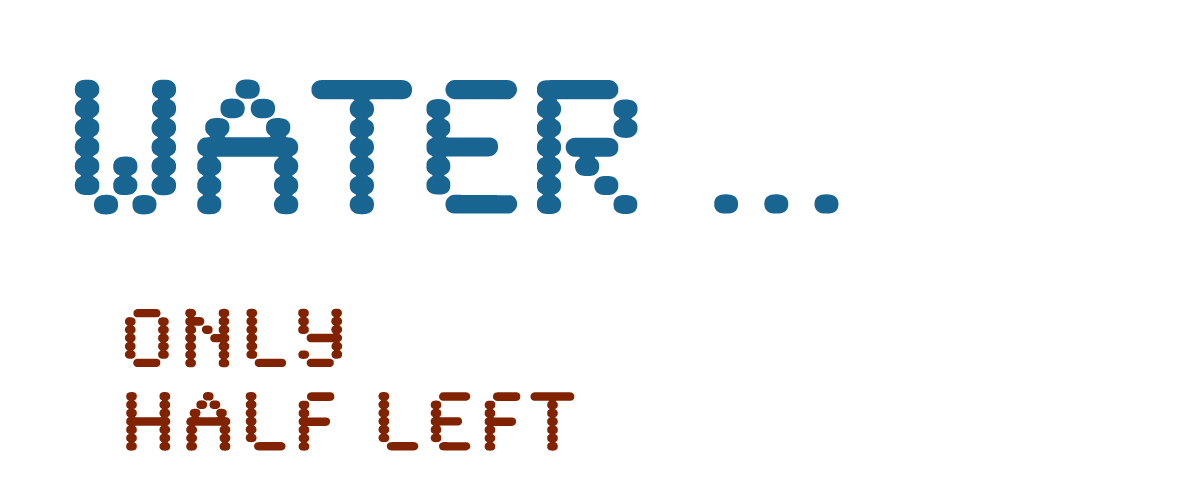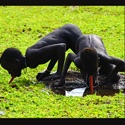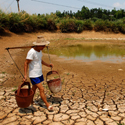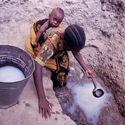India’s water situation
India├óÔé¼Ôäós 1.002 billion population, huge and growing is putting a severe strain on all of the country├óÔé¼Ôäós natural resources. Most water sources are contaminated by sewage and agricultural runoff. India has been overpumping aquifers to supply water, which takes over thousand years to be regenerated. India has made progress in the supply of safe water to its people, but gross disparity in coverage exists across the country. Although access to drinking water has improved, the World Bank estimates that 21% of communicable diseases in India are related to unsafe water. In India, diarrhea alone causes more than 1,600 deaths daily├óÔé¼ÔÇØthe same as if eight 200-person jumbo-jets crashed to the ground each day. Hygiene practices also continue to be a problem in India. Latrine usage is extremely poor in rural areas of the country; only 14% of the rural population has access to a latrine. Hand washing is also very low, increasing the spread of disease. In order to decrease the amount of disease spread through drinking-water, latrine usage and hygiene must be improved simultaneously.




